The Great Depression was a monumental economic downturn that affected millions across the globe. It was a time of hardship and uncertainty, pushing people to their limits as they struggled to make ends meet. However, in the face of such adversity, human resilience and ingenuity shone through. People developed creative and resourceful methods to survive day-to-day challenges.
From urban dwellers to rural communities, everyone had their unique ways of coping with the scarcity of resources. This blog post explores seven astonishing methods that people used to endure the toughest days of the Great Depression, showcasing their determination and adaptability.
1. Victory Gardens

In the 1930s, many urban families turned to growing their own food to combat scarcity. These “Victory Gardens” became a source of fresh produce, drastically reducing grocery bills. Families used every available space, such as backyards and vacant lots, to cultivate vegetables.
These gardens not only provided nourishment but also fostered a sense of community. Neighbors often shared seeds and tips, creating bonds that helped them through tough times. The act of gardening was therapeutic and offered hope.
Victory Gardens showcased the power of self-reliance and community spirit during challenging times.
2. Barter System
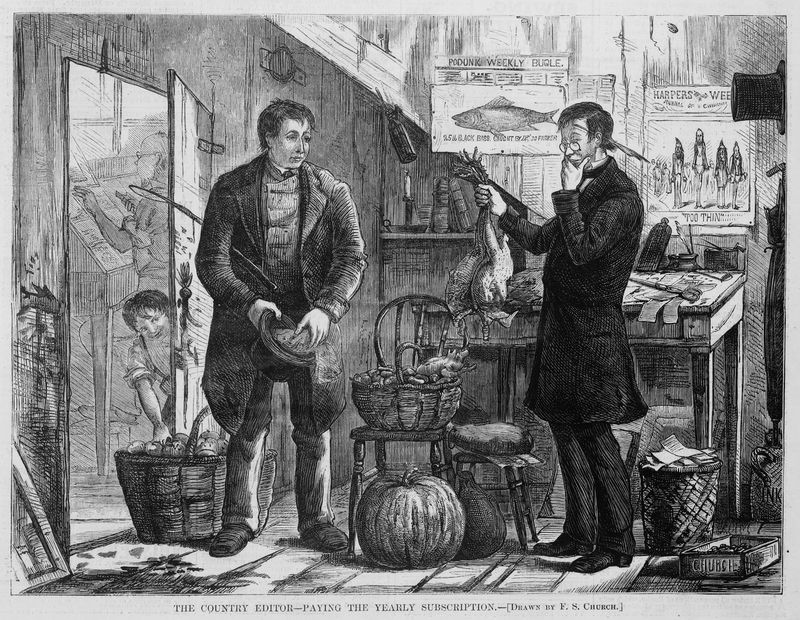
During the Great Depression, money was scarce, and many turned to the barter system. Trading goods and services became a crucial survival tool. People in rural areas often exchanged farm produce for essential items like clothing or tools.
The barter system built local economies and reinforced social ties. It encouraged individuals to value what they had and what others could offer. This exchange system developed trust among community members.
Bartering taught essential negotiation skills and highlighted the importance of resourcefulness. It was a testament to human adaptability in trying times.
3. Home Cooking and Preservation
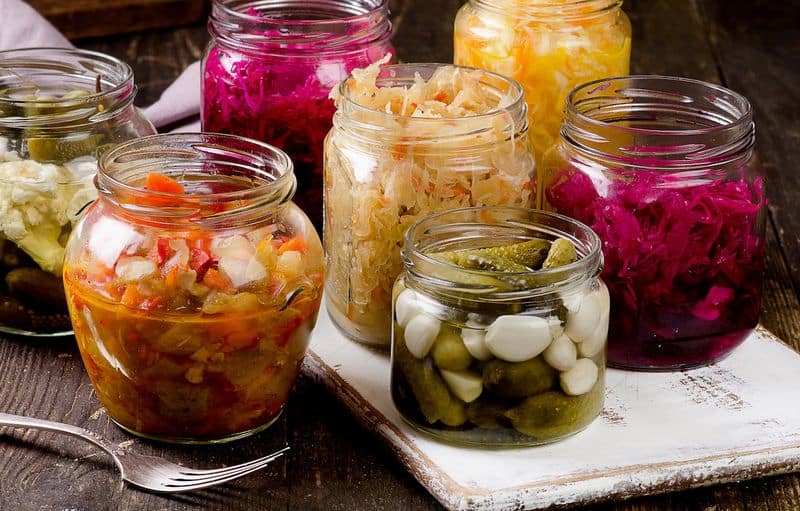
With limited access to store-bought goods, home cooking and food preservation became vital. Families learned to make do with what was available, using seasonal produce creatively. Canning, pickling, and fermenting ensured a stable food supply.
These methods reduced waste and stretched meals further. Skills like bread-making and preserving became family traditions, passed down through generations. Cooking at home also saved money and encouraged healthier eating.
This self-sufficiency in food preparation was empowering, providing families with a sense of control amidst economic chaos.
4. Hand-Me-Downs and Repairs

Clothing during the Great Depression was often repaired rather than replaced. Families made extensive use of hand-me-downs, ensuring nothing went to waste. Sewing skills became crucial as garments were patched and altered to fit growing children.
Communities organized clothing swaps, allowing families to refresh wardrobes without spending money. Creativity in repairs meant that clothes could last much longer. This practice taught valuable skills in sewing and resource management.
By repairing and repurposing, families not only saved money but also embraced a culture of sustainability.
5. Community Soup Kitchens
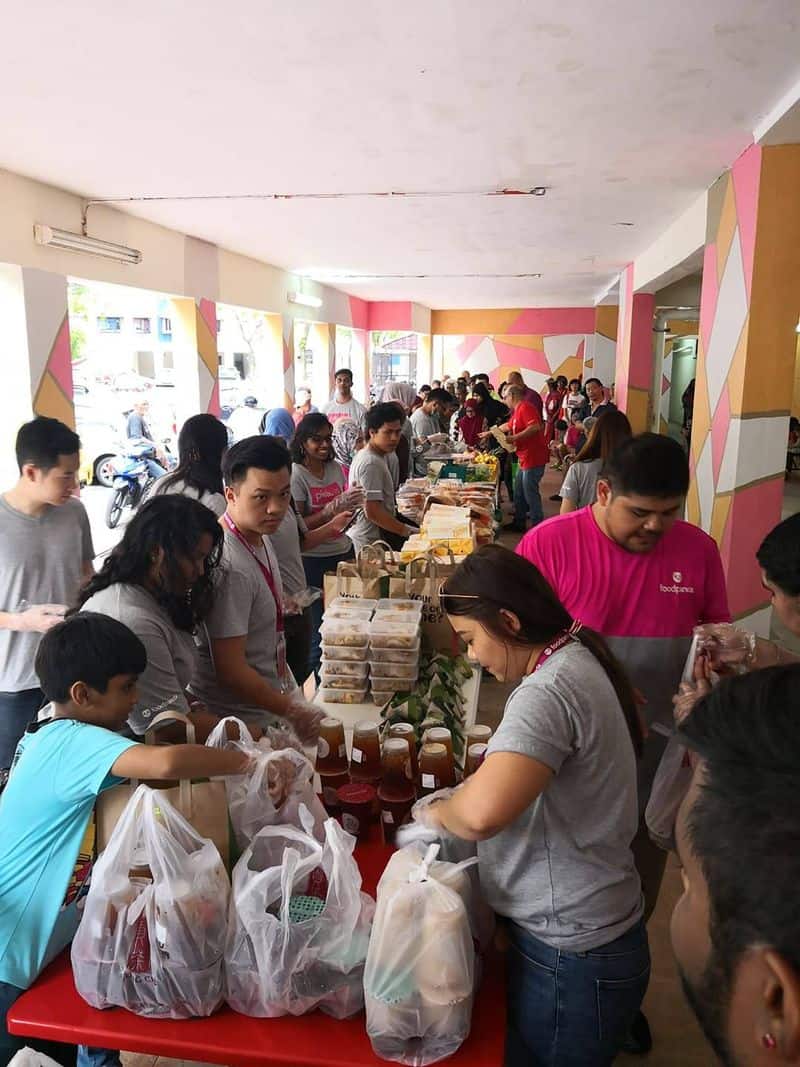
Soup kitchens emerged as vital lifelines during the Great Depression, offering free meals to those in need. Community-driven, these kitchens relied on donations and volunteers to operate. They served as places of hope and sustenance.
The nourishing meals provided a reprieve from hunger, and the social environment offered comfort. Volunteers gained a sense of purpose, while recipients felt less isolated. Soup kitchens highlighted the power of community during adversity.
These establishments reinforced the idea that collective action could alleviate individual suffering, fostering solidarity among the affected.
6. Hobo Culture and Rail Riding
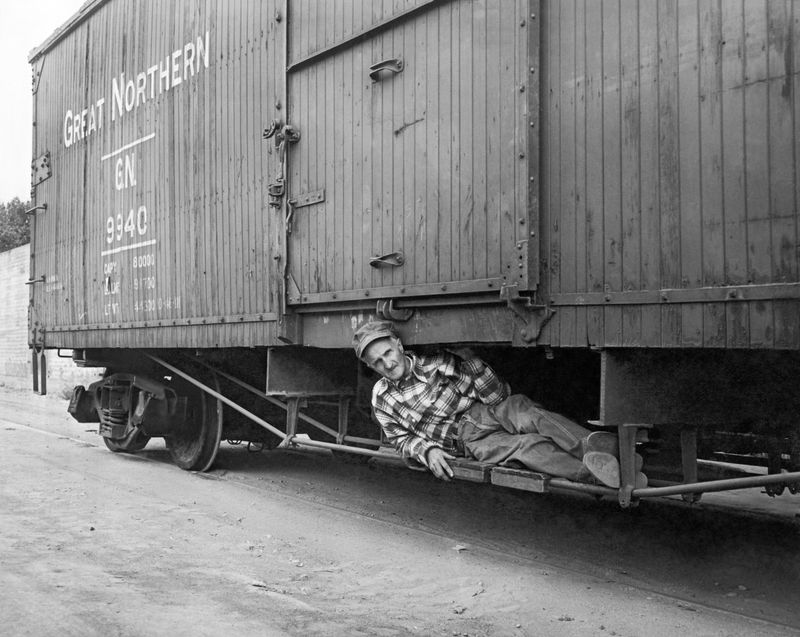
The Great Depression saw the rise of “hobos”—individuals who rode freight trains seeking work. This nomadic lifestyle was born out of necessity, as people searched for opportunities across states.
Rail riding was perilous but offered freedom and the chance to find employment. Hobos developed a unique culture with its own code of ethics and survival tactics. They supported each other, sharing information about safe routes and work prospects.
This lifestyle symbolized resilience and the relentless pursuit of betterment, even in the face of uncertainty and danger.
7. Make-Do-and-Mend Mentality
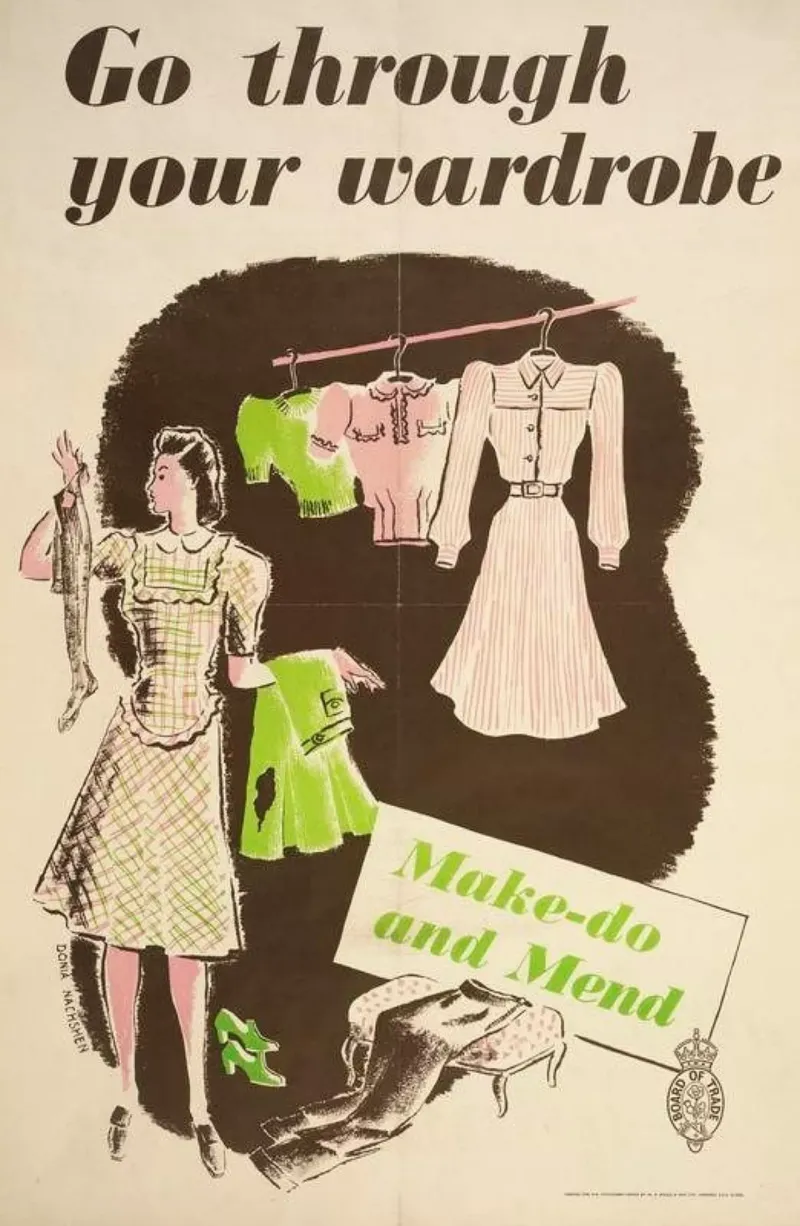
The “Make-Do-and-Mend” mentality was a hallmark of the Great Depression. People creatively repurposed items to extend their usability. Broken furniture was fixed, and household items were transformed for new purposes.
This mindset encouraged innovation and thriftiness. It became a daily practice to find new uses for old things, reducing the need for new purchases. Families shared creative techniques and ideas, fostering a community of innovation.
By embracing this mentality, people learned to appreciate what they had, finding contentment in simplicity and ingenuity.

Well, hello there!
My name is Jennifer. Besides being an orthodontist, I am a mother to 3 playful boys. In this motherhood journey, I can say I will never know everything. That’s why I always strive to read a lot, and that’s why I started writing about all the smithereens I came across so that you can have everything in one place! Enjoy and stay positive; you’ve got this!

